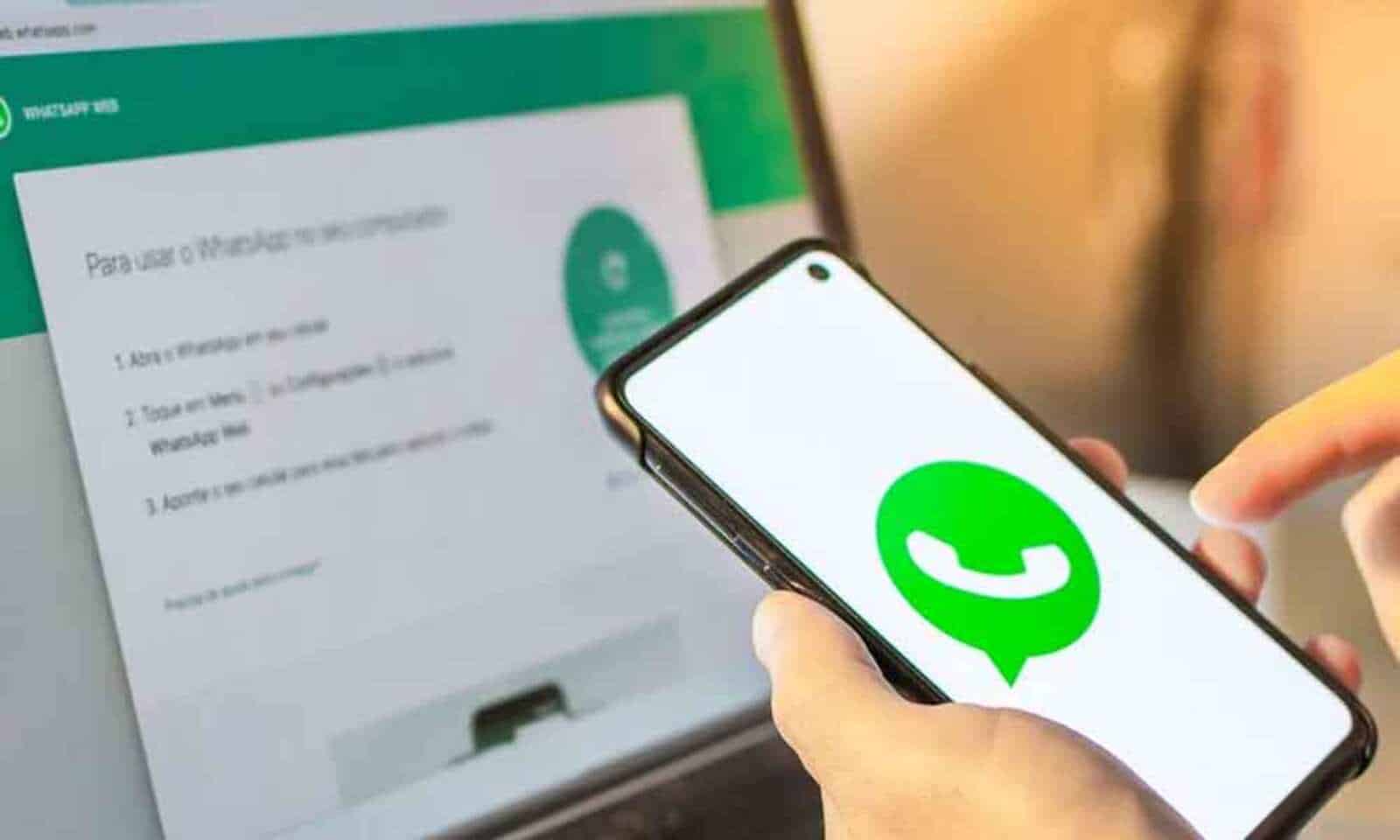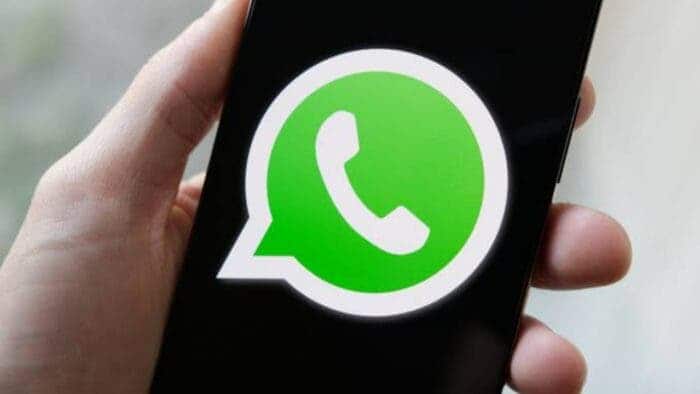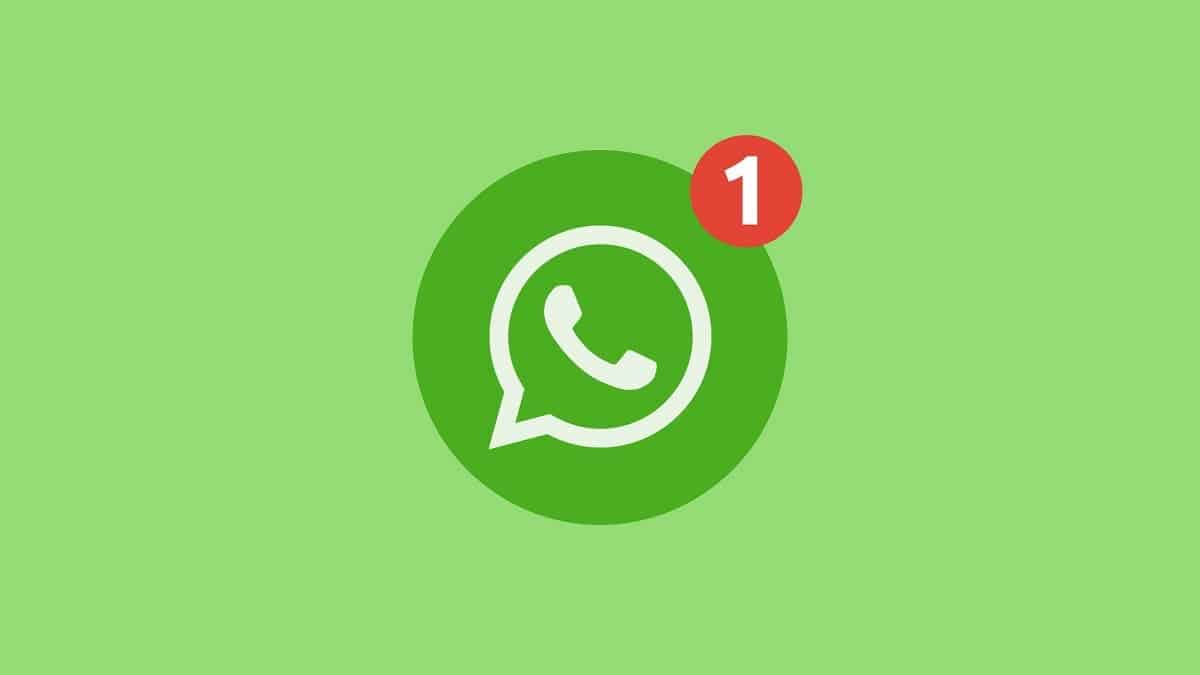As many of you may be aware, WhatsApp announced that the minimum system requirements for using the application on Android devices would be increasing. Previously, users with devices running Android Jelly Bean 4.1 and later were able to access WhatsApp. However, this is changing. Starting March 1, 2024, WhatsApp will only be compatible with devices running Android 5.0 Lollipop or newer versions.
This update implies that a significant number of older Xiaomi phones will no longer be able to run WhatsApp. While the announcement was made last year, the change will only come into effect next month. Users with affected devices will receive a notification directly from WhatsApp confirming this change.
Impact on Xiaomi Users
If you own a Xiaomi device running an Android version older than 5.0, you will no longer be able to use WhatsApp after March 1, 2024. There are no workarounds or alternative solutions to continue using WhatsApp on these devices.
While the decision has taken longer than expected to implement, it appears irreversible. Users with incompatible Xiaomi phones will have two options: upgrade to a newer model running Android 5.0 or later, or switch to a different messaging application.
Additional Changes from Meta
It is important to note that this update also coincides with another significant change announced by Meta, WhatsApp’s parent company. From March 1st onwards, the application will allow users to read and send messages to other messaging platforms without exiting WhatsApp. This functionality complies with the new Digital Markets Law recently approved by the European Union, which comes into effect in April 2024.
Summary and Recommendations
While the majority of users are likely unaffected by this change, it is crucial for those with older Android devices to be aware of the impending update. If you own a Xiaomi phone running an Android version prior to 5.0, you will lose access to WhatsApp after March 1, 2024.
Here’s what you can do:
- Check your Android version: To verify your device’s Android version, follow these steps:
- Open your Xiaomi phone’s Settings app.
- Tap on “About phone.”
- Locate the entry for “Android version” to check the specific version installed on your device.
- Upgrade your device: If your phone runs an Android version older than 5.0, consider upgrading to a newer model that meets the minimum requirements to continue using WhatsApp.
- Explore alternative messaging platforms: Research and explore alternative messaging applications compatible with your device’s operating system.
This change reflects ongoing efforts within the mobile technology landscape to ensure compatibility with evolving security standards and functionalities. While it may pose an inconvenience for some users, it ultimately contributes to a more secure and up-to-date mobile experience for the greater good.
Understanding the Reasons Behind WhatsApp’s Update
Here are some potential reasons:
- Security concerns: Older Android versions may have vulnerabilities and security flaws that could be exploited by malicious actors. This update may be an effort to ensure a more secure environment for users and protect them from potential risks.
- Compatibility with newer features: Newer versions of Android introduce functionalities and features that older versions may not be able to support effectively. By raising the minimum requirements, WhatsApp can ensure a smoother and more consistent user experience with access to the latest features.
- Resource limitations: Maintaining compatibility with a wide range of outdated operating systems can be resource-intensive for developers. This update may streamline development efforts by focusing on a smaller pool of supported systems.
- Promoting user adoption of newer devices: By setting a higher minimum requirement, WhatsApp may indirectly encourage users to upgrade to newer devices with the latest security features and functionalities.
It’s important to remember that these are potential reasons, and the official motivations of WhatsApp may not be publicly available. However, understanding the potential rationale can offer a broader perspective on the decision.
Potential Alternatives and Considerations for Affected Users
Alternative Messaging Platforms:
Gizchina News of the week
- Signal: This popular messaging platform prioritizes user privacy and open-source development. It offers similar features to WhatsApp, including text messaging, file sharing, and voice/video calls. However, some users may find the interface less user-friendly compared to WhatsApp.
- Telegram: With over 500 million users, Telegram offers a feature-rich experience, including large group chats, channels, and self-destructing messages. However, concerns have arisen regarding potential privacy issues compared to other platforms.
- Google Messages: The default messaging app on many Android devices offers basic messaging functionality with the added benefit of seamless integration with Google services. However, it may lack some advanced features compared to WhatsApp.
Considerations when Choosing an Alternative:
- Ease of use: Consider how user-friendly the interface is for you and your contacts who may need to switch platforms.
- Feature set: Identify which features are essential for your needs, such as group chats, file sharing, or voice/video calls.
- Security and privacy: Research the platform’s security and privacy practices to ensure they align with your comfort level.
- Data transfer: Investigate if the platform offers any options to transfer chat history from WhatsApp.
Additional Considerations:
- Upgrading your device: While not the most accessible option for all users, upgrading to a newer Xiaomi model running Android 5.0 or later may enable continued use of WhatsApp.
- Contacting WhatsApp Support: If you have specific questions or concerns regarding this change, you can reach out to WhatsApp support directly through the app or their website.
By understanding the rationale behind the update, exploring alternative platforms, and considering the different factors involved, users impacted by this change can make informed decisions and continue to maintain their communication needs.

Tips and Tricks for Xiaomi Users Affected by the WhatsApp Update
While the previous sections explained the changes and provided options, navigating these updates can be challenging. Here are some helpful tips and tricks for Xiaomi users affected by the WhatsApp update:
Checking your Android version:
- Shortcut method: Swipe down twice from the top of your screen to access the quick settings panel. Locate the “About Phone” option and tap on it. This will display your Android version.
- Alternative method: Follow the steps mentioned in the previous section: Settings -> About phone -> Android version.
Exploring alternative platforms:
- Start with similar interfaces: If you’re comfortable with WhatsApp’s interface, consider platforms like Signal or Google Messages. They offer a familiar user experience while prioritizing different aspects like security (Signal) or integration with existing services (Google Messages).
- Research and compare: Take advantage of online resources and app reviews to compare features, security practices, and user experiences of alternative platforms before making a decision.
- Test with your contacts: Encourage your regular contacts to explore the chosen alternative platform with you to ensure a smooth transition and continued communication.
Considering data transfer:
- Unfortunately, WhatsApp doesn’t officially offer a way to transfer chat history directly to other platforms. However, some third-party apps claim to facilitate this process. Use these with caution, as they might not be secure and could compromise your data.
- The alternative is to manually export your chat history from WhatsApp. This will create a text file containing your messages, but it won’t include media attachments or formatting. Here’s how to do it:
- Open WhatsApp and navigate to the desired chat.
- Tap on the three dots in the top right corner and select “Export chat.”
- Choose “Without media” or “With media” (depending on your preference).
- Select the destination app (e.g., email, cloud storage) to save the exported chat history.
Upgrading your device:
- Research budget-friendly options: If upgrading is an option you’re considering, explore pre-owned or refurbished models from trusted sources to potentially find a cost-effective solution.
- Consider transferring data: When upgrading, ensure your new device is compatible with your existing data transfer method (e.g., Google Drive, physical cable transfer).
- Back up your data: Before upgrading, remember to back up your data (including any exported chat history) to avoid losing important information during the transition.
Additional tips:
- Communicate with your contacts: Inform your regular contacts about the upcoming change and the chosen alternative platform (if applicable) to facilitate a smooth transition and continued communication.
- Be patient and adaptable: Learning a new platform takes time and practice. Remain patient as you adjust to the new interface and features.
By following these tips and tricks, Xiaomi users affected by the WhatsApp update can navigate the change gracefully and find the best solution to maintain their communication needs.




